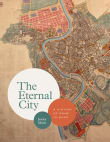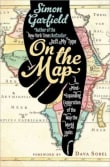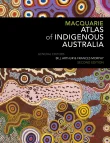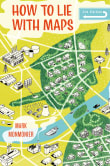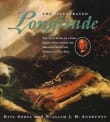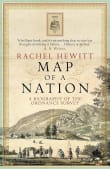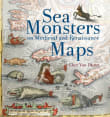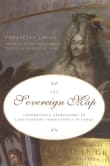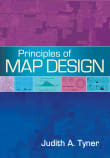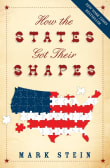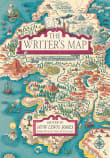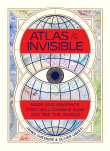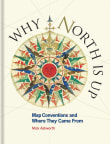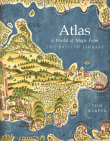How to Lie with Maps

Book description
An instant classic when first published in 1991, How to Lie with Maps revealed how the choices mapmakers make--consciously or unconsciously--mean that every map inevitably presents only one of many possible stories about the places it depicts. The principles Mark Monmonier outlined back then remain true today, despite significant technological…
Why read it?
3 authors picked How to Lie with Maps as one of their favorite books. Why do they recommend it?

Maps lie. In the standard visualization you have on Google Maps, for instance, Greenland is shown as bigger than the whole South American continent, while it is, in fact, smaller than Argentina.
Monmonier did an incredible job unpacking the many surprising ways in which maps lie. My favorite case is the sneaky introduction, by publishing houses, of fake towns in US road maps to track plagiarists (as plagiarists just copy, they do not care about checking). There are so many fun examples in this profound book.
From Roberto's list on navigating the age of maps.

Never intended simply as a vehicle for giving directions from one place to the next, maps are translations of the topographical world. And translation is an act of interpretation.
That is one of the many things I like about this book: Monmonier looks at maps from different angles to explain the tricks that modern mapmakers have in their toolkits to distort data (this is nothing new; two thousand years ago Ptolemy fretted over the distortion caused by projecting a three-dimensional space, the spherical earth, on a two-dimensional surface).
How do maps lie? Scale, symbols in the key, distracting colors, selective…
From Georgia's list on how to read maps.

Maps are, by their nature, distortions. Maps by necessity simplify, abstract, and abridge the world, lest they approach the 1:1 scale map parodied by Lewis Carrol’s famous Paradox of the Map.
This fundamental contradiction — that maps can only communicate something about the world because they explicitly don’t communicate everything about the world — is the central message of Mark Monmonier’s classic book.
Although not written as a textbook, the book’s systematic and thorough approach to exploring has made it a recommended text in many University cartography courses, even today. Indeed, despite a revolution in mapping technologies over the past…
From Matt's list on maps and mapmaking.
Want books like How to Lie with Maps?
Our community of 12,000+ authors has personally recommended 100 books like How to Lie with Maps.
